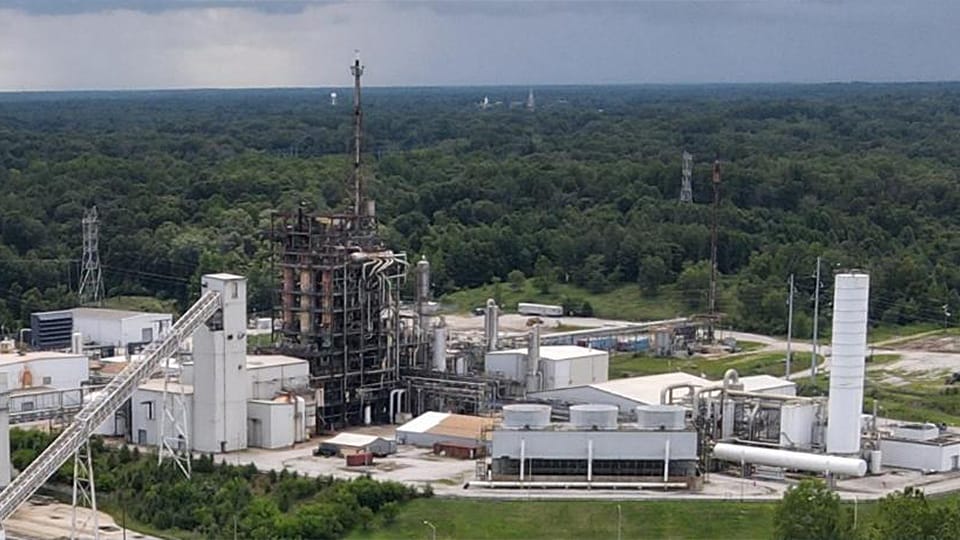Wabash Valley Resources inks deal for carbon capture project
Subscriber Benefit
As a subscriber you can listen to articles at work, in the car, or while you work out. Subscribe Now
Wabash Valley Resources LLC has signed an agreement with Houston-based energy technology company Baker Hughes to provide support for carbon sequestration efforts related to its anhydrous ammonia fertilizer operation in West Terre Haute.
The company is in the process of retrofitting a former Duke Energy plant in the Vigo County town to produce the fertilizer.
Wabash Valley Resource said in a news release that Baker Hughes will provide compression systems, injection well construction, and testing and monitoring services for the process of storing carbon dioxide from the plant in two underground wells in Vermillion and Vigo counties.
“With safety as our top priority, we have chosen Baker Hughes, a leader in carbon capture and storage technology with a proven track record,” Chief Operating Officer Dan Williams, said in the release. “Its extensive experience and commitment to industry best practices ensure that our project will meet and exceed the highest safety standards.”
The company is investing $900 million to retrofit the former Duke plant, which is currently being used to product hydrogen syngas.
When the project is complete in 2026, the company expects to produce about 500,000 metric tons of anhydrous ammonia fertilizer each year, supporting farmers in the Eastern Corn Belt, which covers most of central Indiana and western Ohio, and part of southern Michigan.
In January, the U.S. Environmental Protection Agency issued two permits allowing Wabash Valley Resources LLC to begin construction on the underground wells.
The company expects about 1.67 million metric tons of CO2 could be injected into the wells each year over a 12-year period.
The EPA said that the company will be responsible for monitoring the wells for a total of 22 years to ensure they are working properly, the CO2 doesn’t move from its injected location, and drinking water sources are protected.
Work on the carbon sequestration project has not yet begun.
